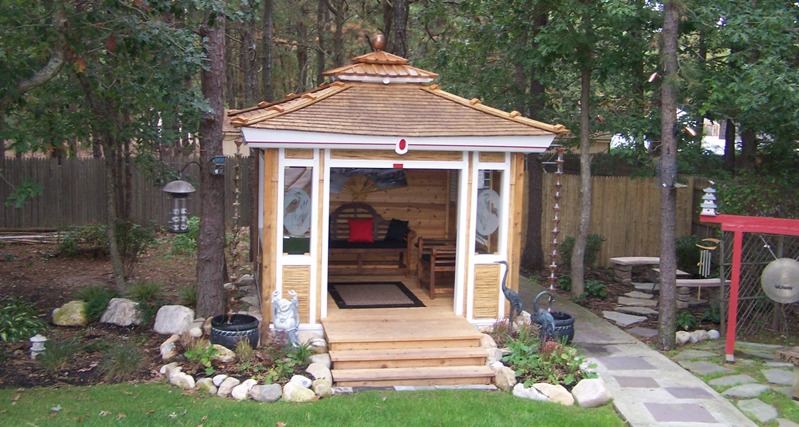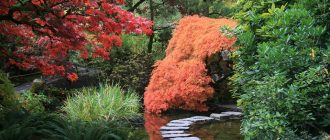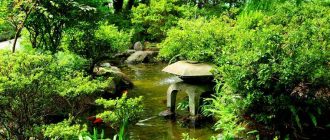A Japanese garden tea house is seen as a beautiful sanctuary where tea ceremonies are performed. For more information on the history and significance of these tea houses from Japan read on…
Japanese tea houses also allow people to escape from the stresses and problems of day to day life. The tea houses of Japan are always surrounded by gardens. These gardens are designed for different purposes, depending on the host or owner. Some gardens are made for recreation, others as a place to rest and think or reflect, some just to escape from the noise of the urban life, other are to show off collections of rare plants, while others are for the show of rare rocks.
Some gardens are made purposely just for strolls. Such gardens require a person to go through the entire garden to get the full essence of the tranquil environment. The path the stroller walks through takes them on a tour of a variety of special places in Japanese tea gardens.
The use of uneven surfaces in tea gardens of Japan is exceptional. They are placed in specific places so as to prompt people to look at particular points. The uneven ground is really the intention. By the time the stroller lifts up their face from the uneven surface, they see a beautiful ornamentation, which does nothing but lift the spirit of the stroller. If you find such in a Japanese tea garden, it’s called the Japanese landscape principle of hide and reveal.
It is not uncommon to find stones in the Japanese tea garden or any Japanese garden for that matter. Stones are just as important as the plants that surround the tea house. They are used in the garden to map out garden paths, bridges, and even walkways. Sometimes, they are even used to represent important monuments within the tea garden.
As stones and plants are important to a Japanese tea garden, so is water important. Water is an essential part of the garden. When a water source is used, it is made to blend in to the natural scenery that has been created. Thus, the man made streams within the garden are usually built with curves to ensure that the natural look is preserved. Sometimes, lanterns are placed along the side of the most prominent basins in the garden. Some of the ponds in the tea gardens are left without water. It’s all in an attempt to beautify and keep the realistic, natural image they are trying to paint.





